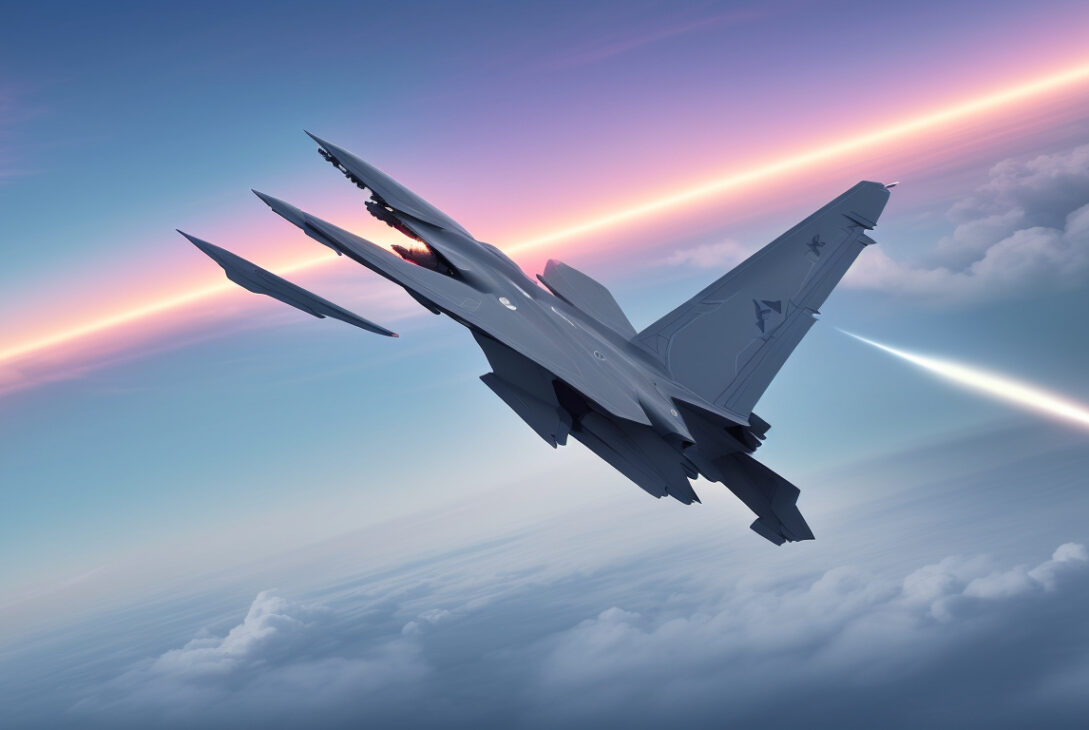7 Advanced Technology Features of India’s Tejas Mk2 Fighter Jet
India’s indigenous Tejas Mk2 fighter jet is set to become one of the world’s most modern and versatile multi-role combat aircraft. Incorporating cutting-edge technology across various systems, the Tejas Mk2 promises significant upgrades over its predecessor, the Tejas Mk1. Here are seven advanced technology features that make the Tejas Mk2 a formidable asset in India’s aerial defense fleet.
1. Powerful General Electric F414 Engine
The Tejas Mk2 will be equipped with the advanced General Electric F414 engine, which delivers an impressive thrust of 98 kilonewtons. This powerplant enables the jet to reach speeds up to Mach 1.8 and operate at altitudes as high as 56,000 feet. The increased thrust offers enhanced speed, improved climb rate, and greater weapon-carrying capacity over longer distances. Although still in development, the engine is expected to be ready for induction within a few years.
2. Enhanced Stealth Design and Aerodynamics
One of the significant improvements in the Tejas Mk2 is its enhanced stealth features. The airframe uses radar-absorbing composite materials, diverterless supersonic air intakes (DSI), and closely coupled canards to improve manoeuvrability. These elements collectively reduce the aircraft’s radar cross-section by roughly 75% compared to the Tejas Mk1, making it far more difficult to detect by enemy radar during missions.
3. Uttam AESA Radar with 360-Degree Target Tracking
The indigenous Uttam Active Electronically Scanned Array (AESA) radar gives the Tejas Mk2 a substantial edge in situational awareness and combat readiness. This radar system can track multiple targets simultaneously, providing a full 360-degree scanned coverage with a range exceeding 200 kilometers. The Uttam radar also offers improved resistance to electronic jamming, enhancing reliability and accuracy in hostile environments.
4. Integrated Sensor Fusion and Electronic Warfare Capabilities
Tejas Mk2 features an integrated sensor suite that combines data from its AESA radar, Infrared Search and Track (IRST) system, and electronic warfare (EW) systems. This sensor fusion technology provides a comprehensive, real-time tactical picture to the pilot, ensuring better decision-making. Additionally, internal health monitoring and missile approach warning systems contribute to improved survivability during combat.
5. Smart Digital Cockpit and Advanced Pilot Controls
The fighter jet boasts a modern "glass cockpit" with large touchscreen displays, a holographic head-up display (HUD), and side-stick controls, making aircraft operation more intuitive. It integrates a digital flight control system along with a unified electronic warfare suite. Together, these features reduce pilot workload and fatigue, making high-pressure combat scenarios safer and more manageable.
6. Super Weapon Payload and Operational Flexibility
With 14 hardpoints and the ability to carry up to 6.5 tonnes of weaponry—nearly twice the payload of its predecessor—the Tejas Mk2 can deploy a wide array of munitions. Its armament capabilities include launching eight beyond-visual-range missiles simultaneously. The aircraft will also be capable of carrying the BrahMos-NG cruise missile and smart bombs, supporting varied mission profiles from air-to-air and ground attack to naval strike roles.
7. Artificial Intelligence-Enabled Virtual Copilot and Self-Monitoring
The inclusion of onboard artificial intelligence acts as a virtual copilot to assist with critical tasks such as target identification, threat prioritization, and decision-making under pressure. By synthesizing inputs from all sensors, the AI enhances combat efficiency. Additionally, the aircraft’s health monitoring and auto-diagnostic systems provide real-time fault alerts, aiding both pilots and ground crews in maintaining operational readiness.
With these advanced features, the Tejas Mk2 is poised to strengthen India’s defense capabilities significantly. Expected to enter service in the coming years, this fighter jet exemplifies India’s push towards self-reliance in defense technology and its ambition to field a world-class combat aircraft tailored to modern warfare needs.










